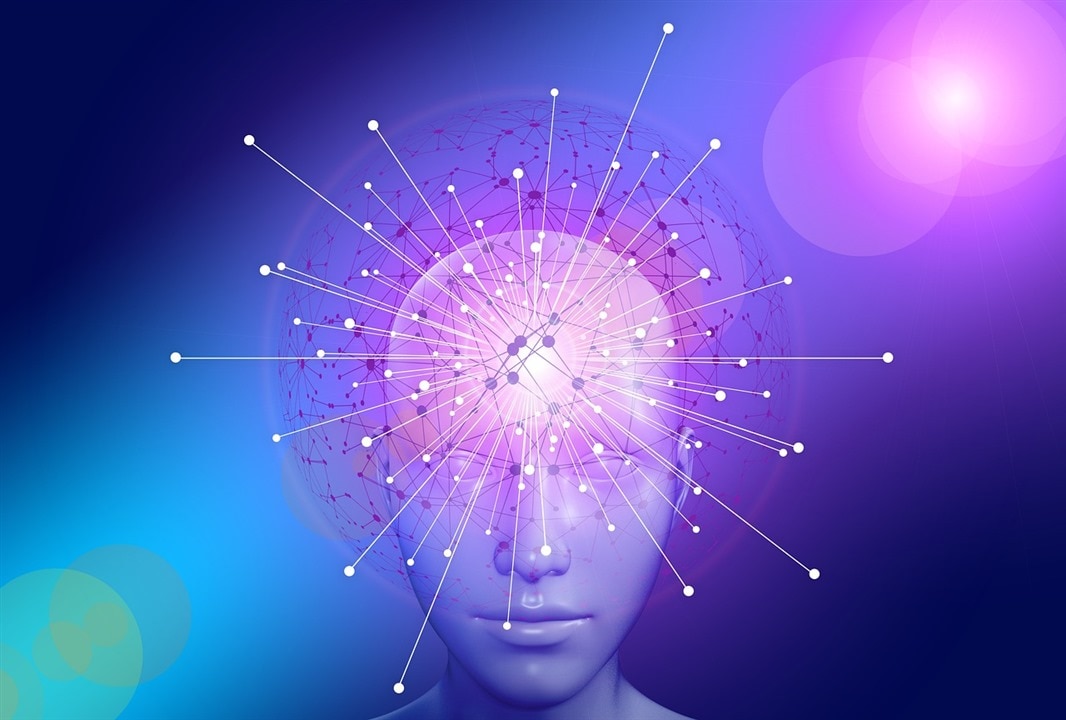
AI can translate ancient dead languages in just a few seconds. (Image Credit: geralt/pixabay)
Ancient languages are incredibly difficult and time-consuming to translate. For instance, it took over 3,000 years to show Linear B, almost 200 years to understand Mayan glyphs, and 23 years to solve Egyptian hieroglyphics. And that's where AI comes into play — it can easily translate languages in as little time as possible. A team of computer science and history researchers worked with a Google software engineer and an Ariel University Assyriologist to develop an AI model that translates Akkadian from cuneiform Unicode glyphs to English in just a few seconds. They used the same tech running Google Translate to train the model on cuneiform translations.
The best translators must be familiar with the language's culture, structure, and histories that bind these cultures. It's very difficult to translate text and preserve its cadence, tone, and humor, especially when there isn't much knowledge of the language's culture.
There are more cuneiform texts compared to people who can translate Akkadian. There isn't much knowledge of this ancient civilization for linguists to use. Currently, there are more existing tablets compared to linguists' translations. Integrating AI into the cuneiform interpretation procedure can assist in those efforts. For a long time, computer translators with grammatical rules weren't very reliable since they'd usually ignore idioms and nonlinear language's rich meaning. AI tools, such as the cuneiform translator, don't miss those finer details. So now machines are learning idioms, idiosyncrasies, and exceptions to rules.
The model translates cuneiform to English and rewrites cuneiform phonetically. Overall, it had a score of 36.52 and 37.47 on the Best Bilingual Evaluation Understudy (BLEU4) for those two translation types. Both scores surpassed the team's goal and presented high-quality translations. BLUE4 scores range from 0-100, and a human translator can reach a score of 70.
Despite that, the AI model generated some errors and experienced inaccuracies, making it unreliable. For example, it translated "Why should we (also) conduct the lawsuit before a man from Libbi-Ali?" to "They are in the Inner City in the Inner City." Even then, this model still saved time and labor for humans while processing all the texts. To that extent, humans can use it to verify and translate, so the tool has some usefulness.
The team also discovered their AI model performed more accurately when it translated shorter sentences and formulaic texts, including administrative records. The team plans to train the AI model on larger translation samples to make it more accurate. "A promising future scenario would have the [model] show the user a list of sources on which they based their translations, which would also be particularly useful for scholarly purposes," they wrote in the paper.
Have a story tip? Message me at: http://twitter.com/Cabe_Atwell
